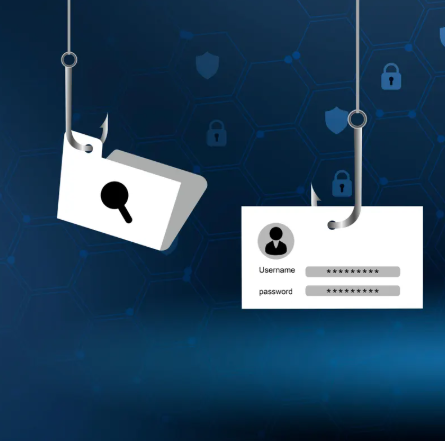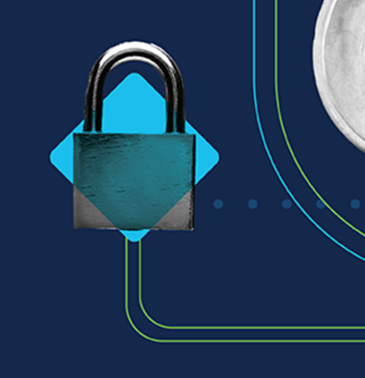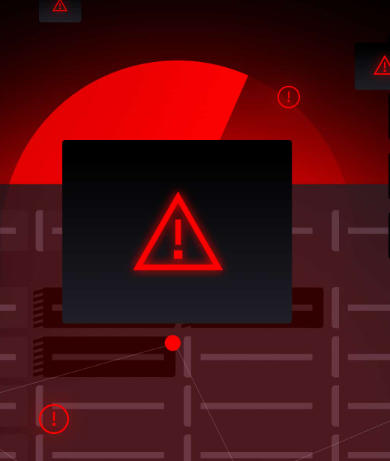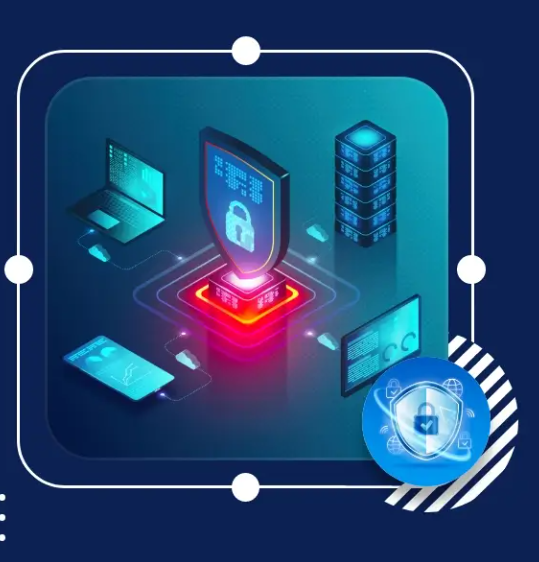
In today’s digital world, securing organizational networks is vital for safeguarding sensitive information and ensuring continuous business operations. Cyber threats such as ransomware, phishing, and advanced persistent threats (APTs) exploit weaknesses in network infrastructure. Implementing effective network security practices is crucial to minimizing risks and protecting your organization from potential breaches.
Why Network Security is Crucial
Networks are the backbone of any business, connecting users, systems, and devices. A breach in network security can lead to data leaks, disruptions in operations, financial losses, and harm to your organization’s reputation. By adopting essential network security measures, businesses can reduce vulnerabilities and better protect themselves against evolving cyber threats.
Did You Know?
Small businesses are particularly vulnerable to cyberattacks, with 43% of attacks targeting them. Many of these businesses lack essential network security practices, leaving them exposed.
Key Network Security Best Practices
- Implement Strong Access Controls
Ensure that network access is granted only to authorized users. Use multi-factor authentication (MFA) and enforce strict password policies to enhance security and limit unauthorized access. - Keep Systems Updated and Patched
Regularly update all software, firmware, and operating systems to patch known vulnerabilities. Systems that are not up to date are prime targets for attackers seeking to exploit weaknesses. - Deploy Firewalls and Intrusion Detection Systems (IDS)
Use firewalls to monitor and control the flow of incoming and outgoing network traffic. Intrusion detection systems (IDS) can help detect and alert you to suspicious activity in real-time. - Encrypt Sensitive Data
Ensure that sensitive data is encrypted both at rest and in transit. Encryption adds an extra layer of security, making it nearly impossible for unauthorized parties to access or use data, even if intercepted. - Segment Your Network
Divide your network into segments to limit the potential impact of a breach. By segmenting your network, you can contain attacks and prevent them from spreading across the entire infrastructure. - Perform Regular Security Audits
Conduct routine security audits to identify vulnerabilities and ensure that your security policies are being followed. Ongoing testing and evaluation are essential for maintaining a strong security posture and compliance.
Building a Security-Conscious Culture
Beyond technical measures, it’s important to foster a culture of security within your organization. Educate employees on how to recognize phishing attempts, manage passwords, and follow security protocols. Since human error is a leading cause of network breaches, increasing awareness and providing regular training can significantly reduce this risk.
By implementing these practices and promoting security awareness, organizations can better protect their networks, data, and overall operations from ever-evolving cyber threats.






























































